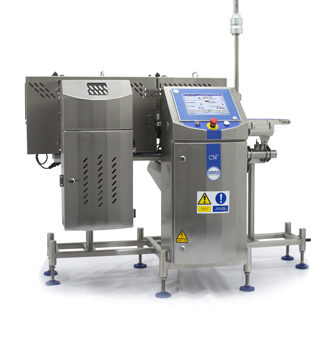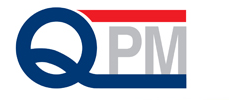

When cleaning inspection equipment in food factories, there is no one set cleaning regime to follow. A high-care versus low-care area of a factory will have very different needs as high-care is often wet or dusty, with greater bacterial risk, whereas a low-care area is likely to require less work to keep it clean as a lower bacterial risk.
To establish and complete the most suitable cleaning regime for your inspection equipment, particularly for high-care production areas, specialist cleaning companies are available to provide professional guidance. Such experts are critical in advising how best to manage bacterial risks, and with bugs often becoming resilient to cleaning chemicals, they will often recommend rotating different chemicals to help in preventing contamination.
Basic cleaning advice
In addition to getting expert advice, there are some basic “must-follow” steps when cleaning your inspection equipment:
Read Instructions
Always follow the cleaning chemical manufacturer’s instructions.
Concentration Levels
Do not exceed the cleaning chemical manufacturer’s stipulated cleaning chemical concentration levels, as an incorrect ratio might damage the equipment.
Contact Time
Never exceed the time you leave cleaning product in contact with the inspection equipment, as it might be detrimental to the cleaning results, plus harmful to the equipment.
Rinsing
The equipment requires a through rinsing with cold water to remove all cleaning products. There are 5-stages of rinsing: pre-rinse, a detergent rise, rinse, disinfectant rinse, final rinse.
Drying
Where possible, dry the equipment prior to recommencing production as prevents the long-term pooling of water that could present a corrosion risk.
Swab
Before recommencing production, it is recommended doing a swab test to ensure the required level of hygiene is maintained and is confirmed as bacteria free.
Source: https://www.loma.com/en-gb/support/faqs
